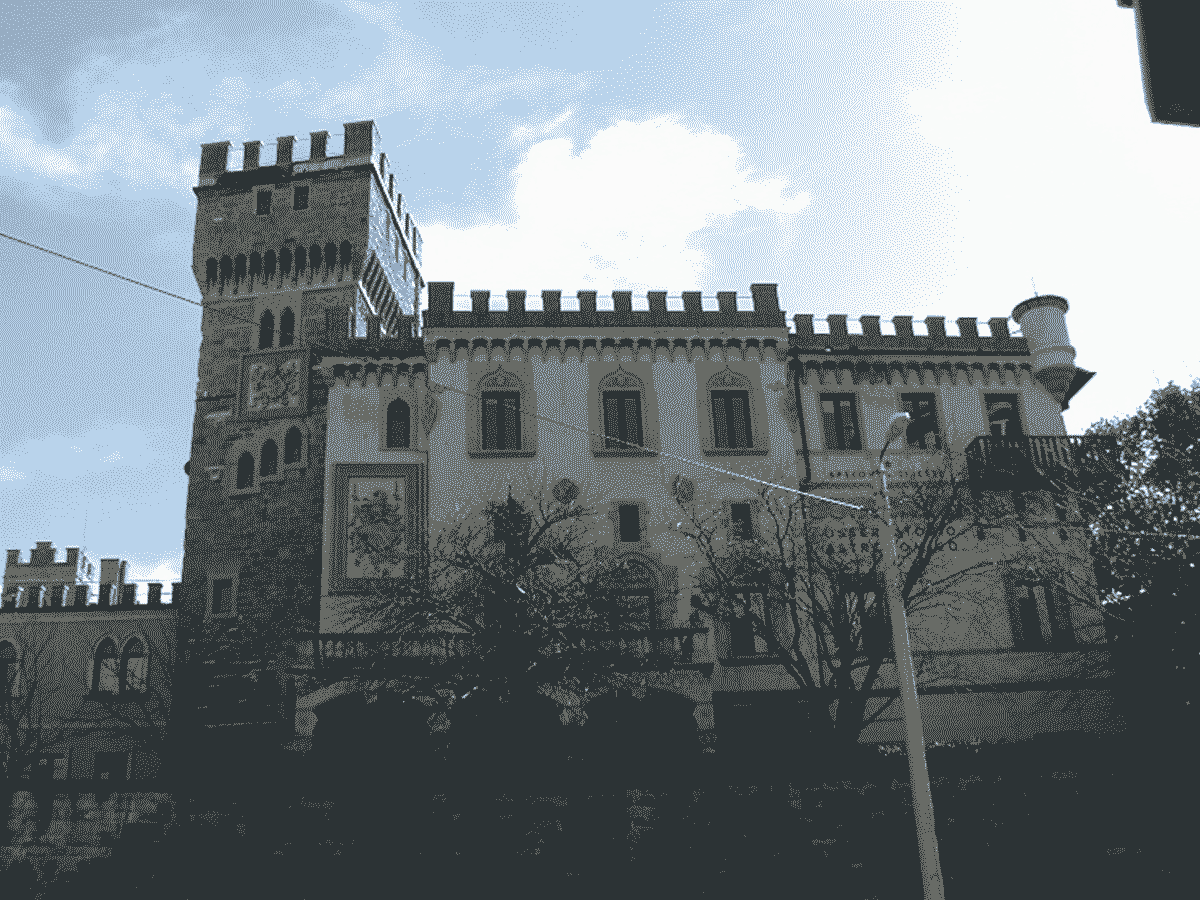OGS history from 1840 to 1918.

The Meteorological Observatory was also established within the Academy. On Vincenzo Gallo's initiative, it began a regular service of meteorological and tidal surveys starting from 1 January 1841.
The first tide gauge is installed near the Harbour Office of Trieste.
The school takes the name Imperial Regia Accademia di Commercio e Nautica under the direction of Giuseppe de Lugnani.
The Nautical Astrometric Observatory (Osservatorio Astromico-nautico) is established within the Academy under the direction of Franz von Schaub.
Heinrich von Littrow is appointed Director of the Academy of Commerce and Nautical Studies, a post he holds until 1863.
The Ausgleich, the compromise between Austria and Hungary, is established; Emperor Franz Joseph is crowned King of Hungary. This will be the source of further Italian and Slavic irredentist demands.
The Royal Maritime Government sets up the official tide gauge at the Sartorio Pier (Molo Sartorio) and entrusts its management to the Nautical Astronomical Observatory.
A violent earthquake of 6.1 Richter intensity hit Trieste. The epicentre is near Ljubljana, where 10% of the buildings are destroyed. Following the earthquake, the Österreichischer Geophysikalischer Dienst is founded as a new department of the Zentralanstalt für Meteorologie und Geodynamik (ZAMG). In the same period, cavalier Giuseppe Basevi, based on a project by engineer Eugenio Geiringer, had the villa in via Tiepolo, bought from the Marquis Diana, extended to the size and features of a castle.
On completion of the work, he leased it to the Government to house the Nautical Astrometric Observatory.
The Nautical-Astronomical Observatory (Osservatorio Astromico-nautico) is detached from the Academy and moves to Villa Basevi, in via Tiepolo 11. The new location ensured less interference from the city lights with the astronomical equipment, and the Rebeur-Ehlert seismograph with triple horizontal pendulum, which until then had been installed on the top floor of Palazzo Biserini, was installed.
The Academy remains in Piazza Lipsia and the current I.S.I.S. "Nautico-Galvani" descends directly from it.
The Observatory is transformed into a Maritime Observatory (Osservatorio marittimo) and reorganised with new subsections for chemistry, oceanography, seismic, geophysics and astronomy. The new director was Eduard Mazelle, who remained in office until 1918. Guido Horn is taken on as a voluntary assistant.
The Maritime Observatory is taken over by the Royal Thalassographic Committee, which in turn is supervised by the Ministry of the Navy.
